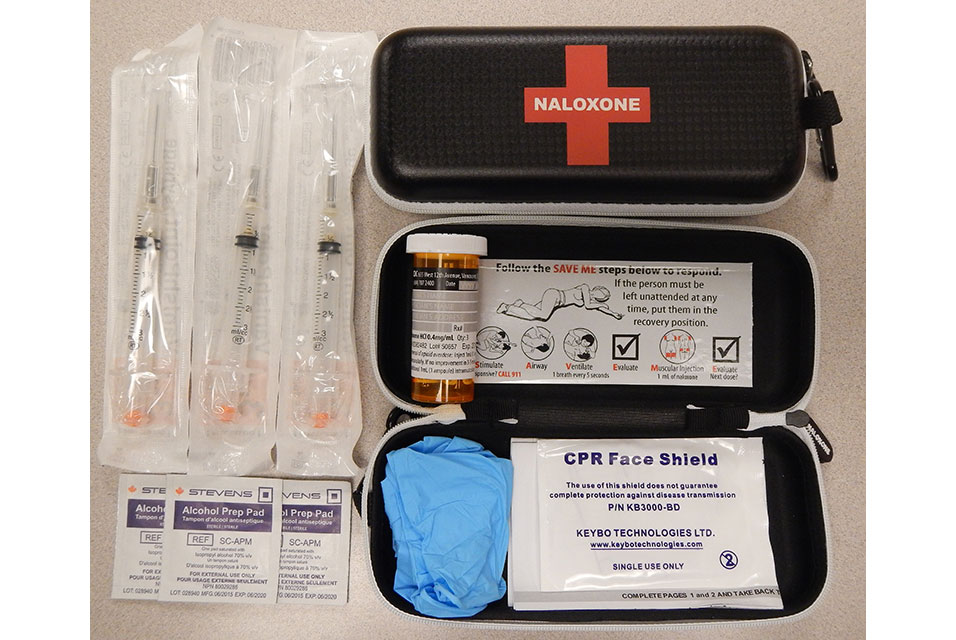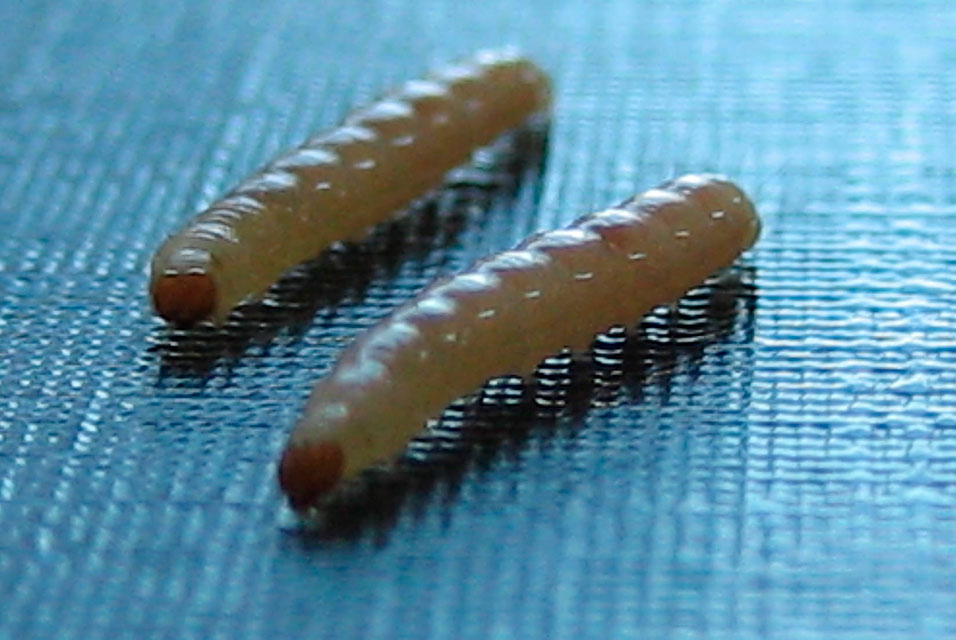SAN DIEGO, CA.- Opioids are the main driver of fatal drug overdoses in the United States, according to the Centers for Disease Control and Prevention, resulting in 46,802 deaths in 2018, usually because the person stops breathing.
Naloxone — a Food and Drug Administration-approved medication used to reverse overdoses from opioids, such as heroin, morphine and oxycodone — works by restoring normal respiration to a person whose breathing has slowed or stopped.
“Opioid overdoses cause the largest number of accidental and avoidable deaths,” said Peter Davidson, PhD, associate professor in the Department of Medicine at
University of California San Diego School of Medicine. “The human toll of drug addiction is devastating. Using naloxone to prevent opiate overdoses can and has saved many lives.”
In a study published in the March 23, 2021 online edition of the International Journal of Drug Policy, Davidson and an international group of researchers, found that opioid users who participate in a 12-step abstinence program and recently stopped using drugs refused to take home naloxone, even if having it on hand might save lives.
For the study, trained interviewers visited areas known for high drug use in three Southern California counties: San Diego, Orange and Ventura. Forty-four participants were asked questions about drug use initiation, overdose experiences, both their own and observed and past treatments.
“In our research, individuals who were newly abstinent from opioid use believed that carrying naloxone symbolically tied them to a drug-use identity that they were trying to leave behind,” said first author Jeanette Bowles, DrPH, who is now a postdoctoral fellow with the Centre on Drug Policy Evaluation in Toronto, Canada, but was a UC San Diego School of Medicine postdoctoral fellow at the time of the study.
“Twelve-step programs promote abstinence through social behaviors that include staying away from people, places and things considered to be tied to drug use. Naloxone was seen as an item linked to their drug use and clashing with these sober behaviors and their goal of abstinence.”
To reduce the stigma associated with naloxone, researchers suggest reframing the meaning of carrying naloxone to represent a commitment to group safety and the wellbeing of those “who still suffer” and relabeling naloxone training programs in substance use disorder treatment settings as “overdose first aid.”
In addition, researchers propose focusing on the lifesaving impact those trained to administer naloxone can have on their peers, and re-targeting naloxone distribution efforts to include persons at any phase of their drug use, including abstinence.
“It is very important that people understand that after periods of abstinence, the body is less tolerant if an individual resumes drug use, making them physiologically more vulnerable to overdose and death,” said Davidson, co-corresponding author and principal investigator. “If someone is experiencing an opioid overdose, it is important to recognize the signs and respond quickly to prevent death.”
In the United States, laws now allow people to access and use naloxone to respond to overdose with protection from liability.
The Addiction Recovery and Treatment Program at UC San Diego Health provides patients with outpatient behavioral treatment for substance use, such as cannabis, alcohol and opioids.
Co-authors include: L.R. Smith, M.L. Mittal, E. Copulsky, and G. Hennessy, all of UC San Diego; R.W. Harding and K.D. Wagner, University of Nevada, Reno; and A. Dunkle, Solace Foundation.
This research was funded, in part, by the National Institutes of Health (T32 Grant 5T32DA023356-12, R01DA040648, K01DA039767) and the Centers for Disease Control and Prevention/NCIPC (U01 CE0022778).










